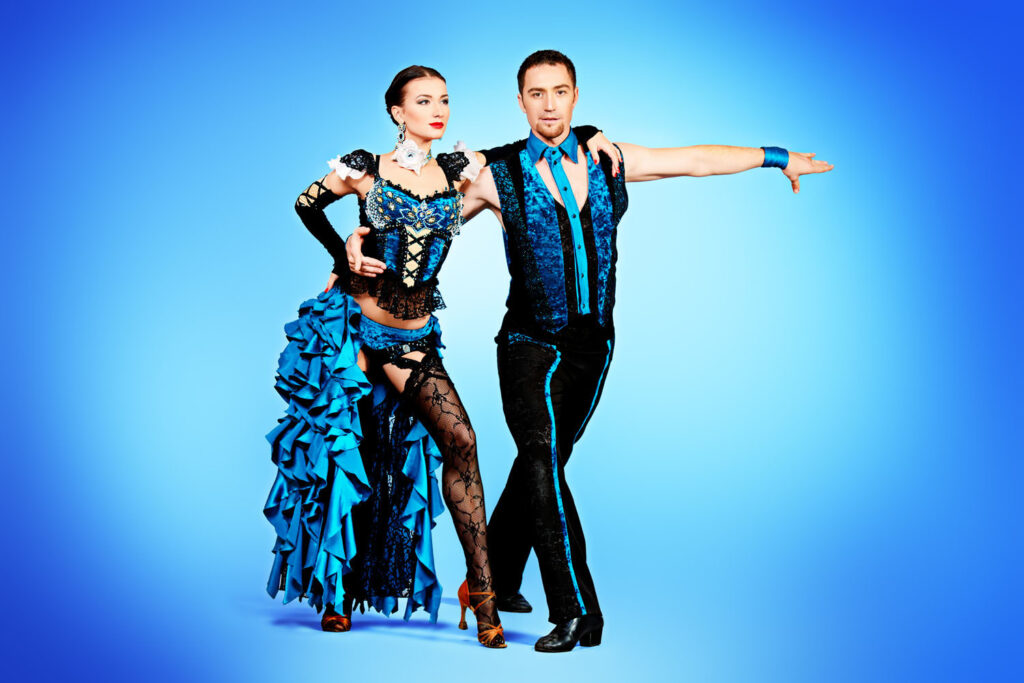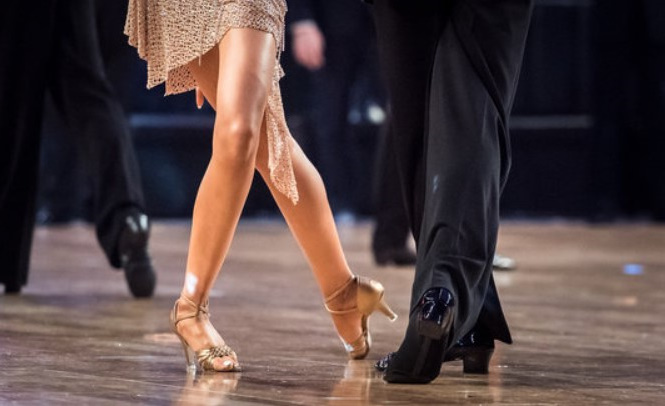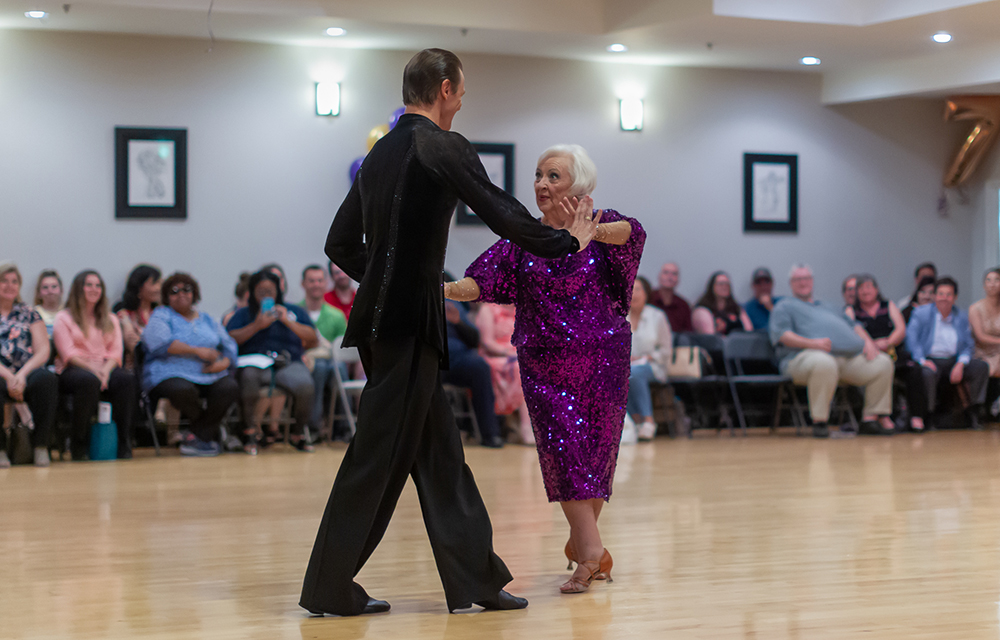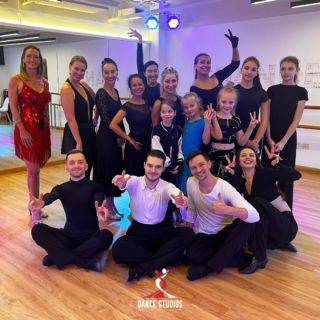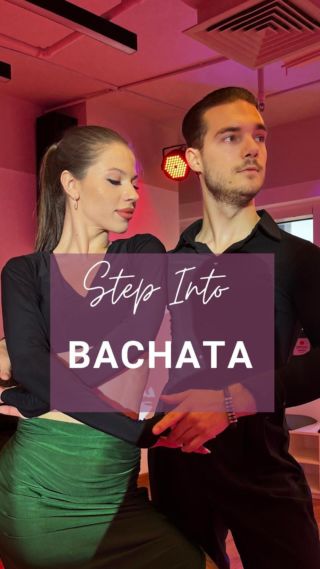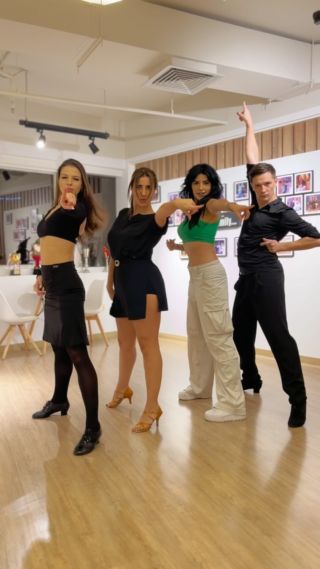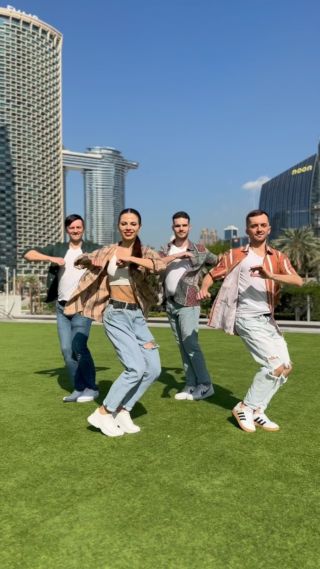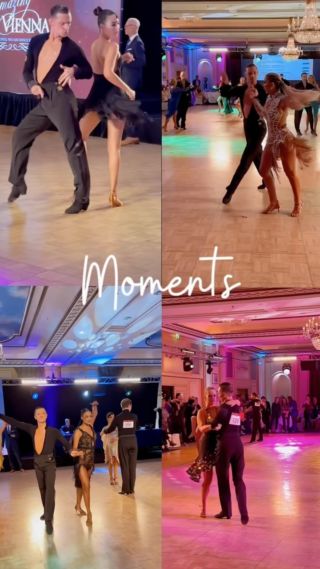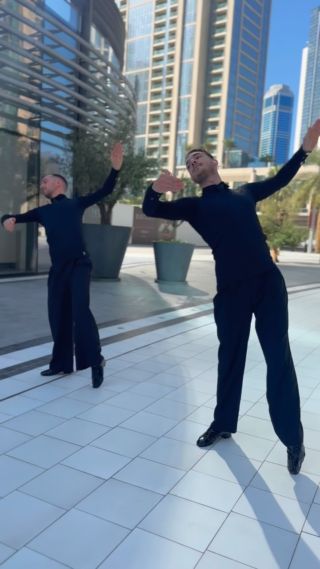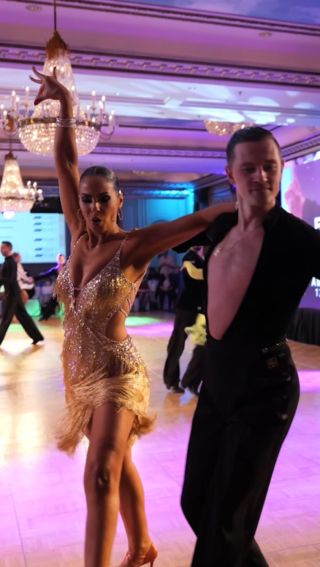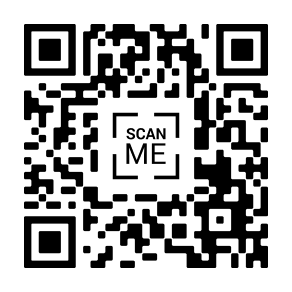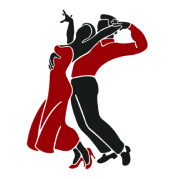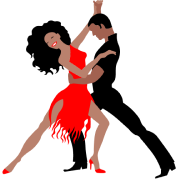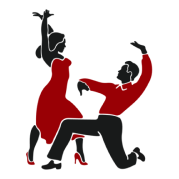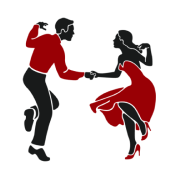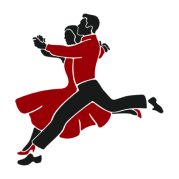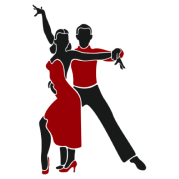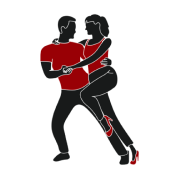HOW TO TANGO: TIPS FOR DANCING THE ARGENTINE WAY
Tango has a long history, beginning in the late 1800s on the streets of Buenos Aires, Argentina, and Montevideo, Uruguay. It allows couples to express their feelings via the fluidity of distinct movements, distinguishing it from other dances with their music style. When starting any new thing for the first time, such as dancing, the first few steps that you take are frequently the most significant. When you get your first few steps in the correct order, you can have better coordination and learning. The dance classes you choose for learning matter the most, especially when it comes to dancing.
When we talk about learning the tango, tango is a dance that must be felt rather than just performed. Pay attention to the music. It all starts with the embrace, the most fundamental aspect of tango. Maintain a proper stance and practice alone. Get a partner when you’re ready. Some believe it’s a dance from the gods, but the roots of this passionate dance are debatable. What is certain, though, is that it will set your pulse racing.
The best approach to learning the Argentine Tango, like learning a new language, is, to begin with, the fundamentals and work your way up. It may appear difficult, but practicing these 5 Argentine Tango moves can have you dancing the proper way in no time.
Ocho, or the Infinity Sign
You are probably wondering what a number or an infinity symbol has to do with Argentine dancing. Read on further so you will get a better idea about Argentine tango in Dubai.
Ocho means “eight” in Spanish. This is one of the most significant and oldest basic movements in Argentine Tango. Tango was traditionally danced outside in open spaces or in tango clubs, where two partners facing each other draw the Ocho, but what looks to be an infinite sign on the dusty flooring, including one step in one direction and the other foot in the opposite direction. There are several forms of ochos, or figure eights, that can be led in a variety of ways. As long as the knee stays relaxed and there are no extra motions. At Dance Studios, you can have regular Argentine tango dance classes in Dubai and master the technique of ochos in no time.
Giro, or Elegant Turning Movements
Giro, pronounced as “hero”, is a Spanish word that means “turn”. It is often known as the “Grapevine” because it looks like a chain of steps tied together by the leader and the following partner. In many parts, it is known as Molinete, which can be translated to “windmill” in English, since, like a windmill, this figure contains four steps where the pattern goes in one direction, continually repeating the same four steps in the same sequence until the wind changes it or the leader alters it. One of the easiest ways of learning the Argentine tango is by learning it at a reputed dance studio in Dubai, Dance Studios Dubai being one of them.
Take It Away To Make It Elegant The Sacada Way
Sacadas have various varieties, but it’s recommended to start with the basic sacada forward before moving on to back sacadas. In most cases, when one of the tango partners pushes the other partner’s un-weighted leg out of its natural and normal original position by pretending to touch, push, or kick it, it immediately makes for an elegant and very interesting dancing step in tango. This surprise element is the one that makes tango a favorite of many people across the globe. You can master this graceful technique by attending tango dance classes in Dubai at Dance Studios.
There are three common types of sacadas: front sacada, one of the easiest types of sacada, side sacada, and back sacada. Back sacada is often considered the most difficult type of sacada of all three types.
Pass It Over In Style The Pasada Way
The pasada is yet another movement in the Argentine tango that makes the entire dance more graceful. When you enroll in Argentinian tango classes in Dubai, devote a significant amount of time to mastering this graceful technique because it is this step that adds drama and magic to tango dancing.
A distinctive tango figure, pasada, is translated to “stepping over” or “passing over,” and it demands a strong connection between the couples to perform properly since it provides an opportunity for the follower to contribute her flavor to the dance without being forced. It’s usually done as the ending part of a molinete or mordida that leads into a forward Ocho or barrida. Like sacada, pasada too has many types.
Want More? Grab a Sandwich
You are probably wondering why a tango article is talking about grabbing a sandwich, but hold on because a sandwich has a deep connection with the Argentine style of tango dancing.
Sanguchito, or the sandwich step, is an advanced version of Argentine tango dancing. In this step, many combinations of previous steps are done. When experienced or newcomers learn the sanguchito at tango lessons in Dubai, they get confidence in being better performers.
According to Tango legends, the origin of the name of this step sanguchito is a very funny one. The story dates back to a Milonguero man who, during a tango party, “wedged” his partner’s foot between his own feet. He stopped his dance for a moment and then proceeded to grab a sandwich out of his pocket, took a big bite, and immediately resumed the dance. Real or just a legend, no one will know, but it is interesting to know the fun side of the dance too. It allows people to deeply connect with the dance.
Sanguchito, pasada, scandal, ocho, or any other argentine tango step can be gracefully mastered by taking up regular tango classes in Dubai.
Concluding Lines
Learning Argentine Tango is not as tough as it appears. It’s like immersing yourself in a foreign language that you want to learn anyhow. To overcome language barriers, one must first understand the complexities of language as well as the society from which it originated. Similarly, by understanding the background of Argentine tango, you can learn it and master it too.

